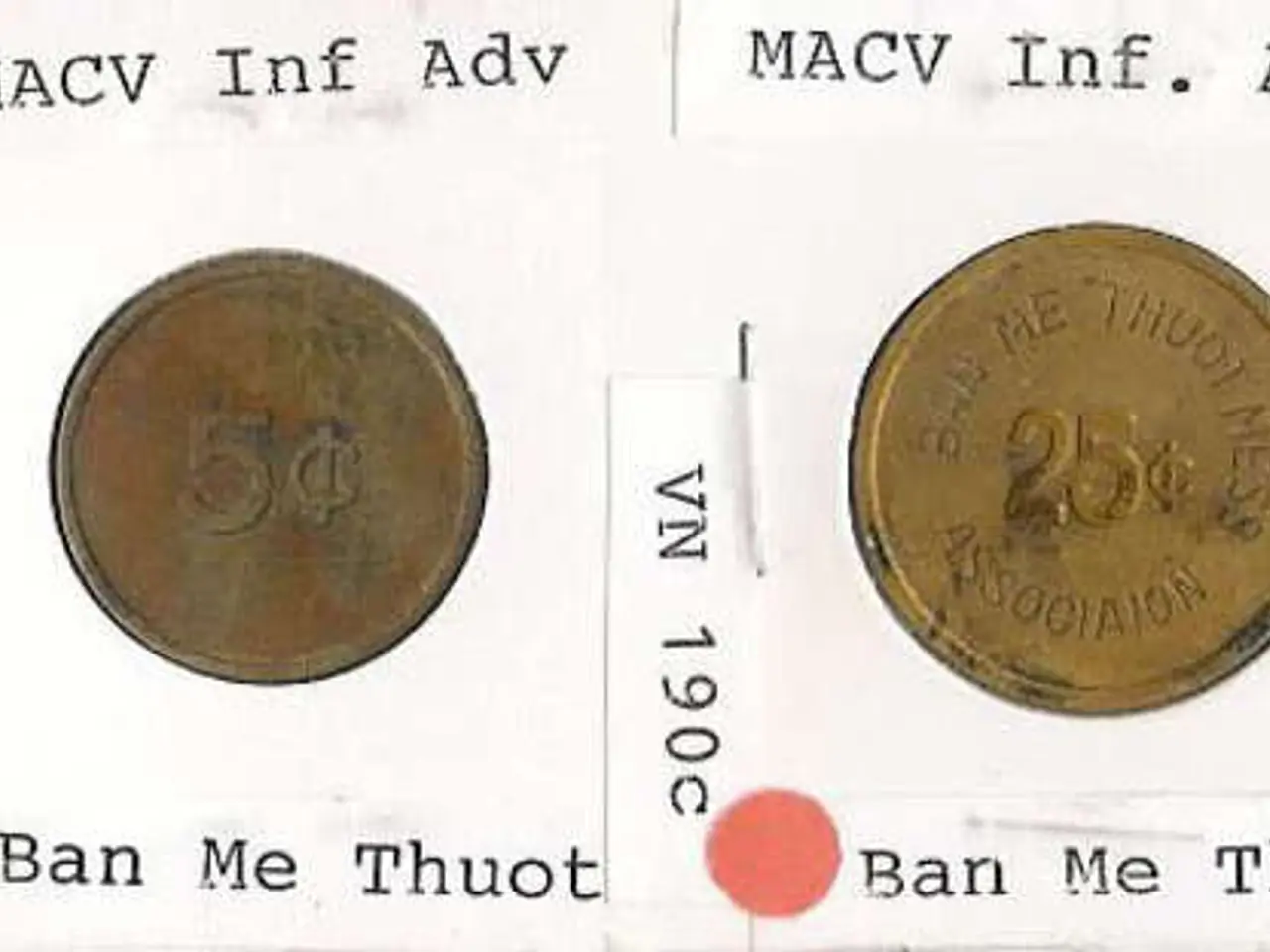Harnessing Magnetic Forces: The Impact of Magnetic Fields on Technical Innovations
In the realm of science and technology, magnetic fields have proven to be a powerful and versatile force, playing a crucial role in various industries and applications. From navigation and target acquisition systems to nuclear fusion research, the impact of magnetic fields is far-reaching and profound.
First discovered over 2,000 years ago through the invention of the compass, magnetic fields have since been instrumental in numerous fields, including nuclear physics, medical imaging, and particle accelerators. They can exist in both positive and negative polarity and come in various types, such as static, dynamic, rotational, and residual.
Modern applications of magnetic fields are vast and varied. In telecommunications, renewable energy, and electronics and computing, they are indispensable. Magnetic fields are integral to wind turbines and solar power systems, contributing to precision control and energy conservation. In the energy industry, they aid in interpreting geological formations to locate natural gas and oil reservoirs.
The military also benefits from magnetic fields, with their use in radars, guided missiles, and magnetic pulse weapons. Magnetic levitation trains, meanwhile, utilize these fields for transportation, offering a more efficient and eco-friendly mode of travel.
High-performance rare earth magnets are critical in the electrification and decarbonization trends, with increasing use in electric vehicles, wind turbines, and robotics. Innovations like grain boundary diffusion are reducing heavy rare earth content and magnet costs, meeting the growing demand anticipated to rise 1.69 times by 2036.
Magnetic sensors have become essential in various fields, including automotive safety systems, home automation, healthcare, wearables, industrial automation, aerospace, defense, and geophysical exploration. Their ability to precisely detect magnetic fields supports smarter, more efficient, and safer systems.
Emerging memory technologies are exploring novel magnetic materials, such as a nickel-tungsten alloy, to switch magnetism without traditional magnets, potentially revolutionizing data storage. Magnetometers—devices measuring magnetic fields—are growing rapidly in markets linked to consumer electronics, electric vehicles, defense, aerospace, and automotive industries.
However, it's important to note that high-strength magnetic fields can potentially lead to adverse effects like heat generation in tissues or disrupted heart function with implanted devices. Future implications of magnetic field applications may include more efficient energy systems, ultraprecise sensors, non-invasive diagnostic tools, and improved data storage capabilities.
In conclusion, magnetic fields are increasingly leveraged in power generation, transportation, smart technology, healthcare, and data storage through improved magnets, sensors, and new materials. These advancements enable enhanced performance, cost efficiency, and novel functionalities, driving a modern-day revolution in numerous industries.
[1]: Source for the expected demand growth by 2036 [2]: Source for the role of magnetic sensors in automotive safety systems [3]: Source for the role of magnetic sensors in home automation [4]: Source for the exploration of novel magnetic materials in data storage [5]: Source for the growth projection of the magnetometer market
- The significance of magnetic fields extends beyond power generation and transportation, as they are also critical in the medical field for diagnostics, with potential adverse effects like heat generation in tissues or disrupted heart function with implanted devices.
- Advances in technology, such as the exploration of novel magnetic materials like a nickel-tungsten alloy and improvements in magnetic sensors, are expected to revolutionize not only data storage but also healthcare, offering non-invasive diagnostic tools and improving energy systems' efficiency.




